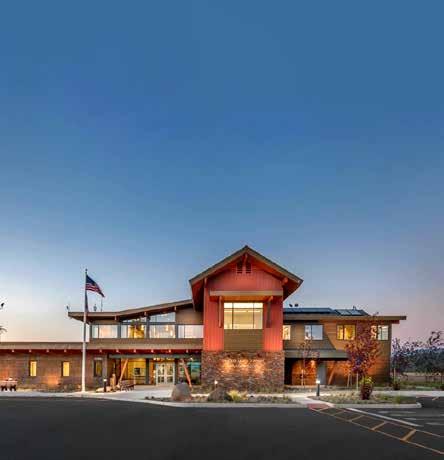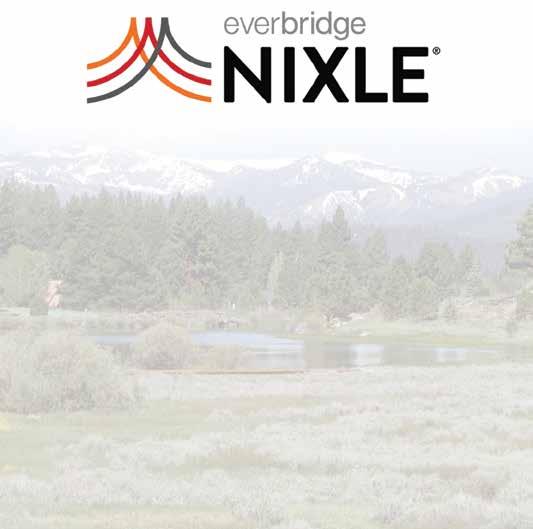
10 minute read
10 ways you can be a great gdra member
GDRA Good Neighbor “ “ 10 ways to be a great Glenshire Devonshire Member!
1. Maintain Defensible Space
Advertisement
Defensible space on every property matters toward increasing fire safety for the entire region. Find helpful information at www.truckeefire.org/defensible-space
2. Pick Up Pet Waste At All Times
Pet waste is a main polluter of the Glenshire Lake, which flows into the Truckee River. Many streams and drainages flow to the Glenshire Lake, so picking up pet waste on and off trails is important.
3. Use Dark Sky Exterior Lighting
Dark skies are one of the reasons many of us live in the mountains and not a city. Town of Truckee and Glenshire have Dark Sky ordinances. Studies have shown that bright lights are harmful to wildlife, effecting feeding, mating and more. Visit www.darksky.org for more information.
4. Keep Control of Pets
Pets chasing wildlife can be very detrimental, especially during nesting and fawning seasons. Keep dogs from roaming and respect use of leashes for their safety and the safety of others. We requests dogs not go on the Glenshire Lake island.
5. No RV Living
Pursuant to GDRA rules and regulations.
6. Contact GDRA Office For Exterior
Improvement Approvals
Most exterior improvements require GDRA approval, including but not limited to: Painting / Windows / Sheds / Fences / Additions / Parking Areas / Tree Removal. Some improvements require a Design Review Committee approval, others staff approval Please contact GDRA staff if you need to use the clubhouse dumpster. Please don’t put household trash in the clubhouse bear bins or over the dumpster gate. Please don’t overfill seasonal dumpsters: Christmas tree, cardboard, green waste. Please help protect wildlife and store recycle carts in an enclosed area until morning of pick up.
8. Respect Your Neighborhood
Respect construction hours: Mon - Fri 7am - 8pm / Sat, Sun & Federal Holidays 9am 7pm. Restrict Noise pollution: loud music, machinery, barking dogs, etc.
9. Help Keep Your Neighborhood Safe
Do not use Fireworks, Bottle Rockets, etc. They are dangerous, not allowed and against the law. Please respect the speed limits and bike lanes.
10. Help Your Community by Volunteering
Lake, Trails, Neighborhood Defensible Space Days and more. Contact GDRA staff to find out how glenshire1@sbcglobal.net
Trash day is a bear’s bu et.
Bears will eat your garbage. Lock it down with bear-proof bins. takecaretahoe.org
IMMEDIATE (NONCOMBUSTIBLE) ZONE
Why is it important to create and maintain 5 feet of noncombustible space around the exterior of a building?
Wildfire risks are on the rise, but there are ways home and business owners can take control of their vulnerabilities. Changes made to a structure and its surroundings within 100 feet can make a big impact. Research from the Insurance Institute for Business and Home Safety (IBHS) shows that the first 0 to 5 feet around the structure, known as the immediate zone or noncombustible zone, has the greatest impact on your risk. IBHS and the National Fire Protection Association® (NFPA®) recommend keeping this zone wellmaintained and clear of combustible materials.
IBHS Research
The main objective of the 0-to-5-foot zone is to reduce the potential that embers landing near a building will ignite fuels and expose the area around a home to a direct flame (Figure 1). Removing anything that can ignite from embers is critically important. To verify how effective a 5-foot noncombustible zone is around a building, more than 180 tests were conducted in 2018 at the IBHS Research Center to evaluate fire behavior and heating of buildings (Figures 2a & 2b).
Key Observations
For combustible landscaping, such as wood mulch, the thickness of the mulch bed, wind speed, and location of the flame and building all impact the potential of mulch to ignite and how quickly fire can spread to the building. Burning mulch generates embers that can ignite nearby mulch, increasing the chances of direct flame contact spreading to the building. When flames are 5 feet away, a building’s surface temperature is below temperatures that could cause ignition. However, corners of a building (45-degree angles) experience a higher temperature when exposed to flames, even when a 5-foot space is present. Testing showed that corners can be more vulnerable due to fire spread through fuel (such as mulch) on the ground, because at the same wind speed, wind blowing directly at a wall (90-degree angle) will result in taller flames and more radiant heat, while wind on a corner (45-degree angle) will result in longer flames that are closer to the ground.
Recommendations
Keep the corner areas of a building clear of combustible materials due to the higher probability of having direct flame touching the surrounding ground. Keep gutters free of debris and use metal gutters. Install hard surfaces, such as a concrete walkway, or use noncombustible mulch products, such as rock. Keep the lawn well irrigated and use low-growing herbaceous (non-woody) plants. Shrubs and trees are not recommended in the 5-foot zone. Remove dead vegetation and implement a maintenance strategy to keep the 5-foot zone clear of dead plant materials. Mitigating home ignition zones shouldn’t stop at 5 feet from the building. It should be combined with the footprint of an attached deck and area that extends away from the building up to 100 feet or to the property line.
Figure 1 – Creating and maintaining home ignition zones (defensible space) around your property are proven ways to reduce risks of property damage during a wildfire, as tests at the IBHS Research Center have shown.
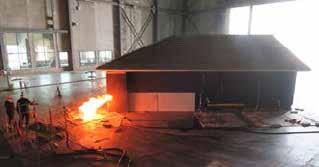
Figure 2a Experiments conducted at the IBHS Research Center to study the effectiveness of creating a noncomsbutible space around buildings.
Figure 2b Embers impacting a building: left side with combustible (wood) and the right with noncombustible (rock) mulch.

© Insurance Institute for Business & Home Safety
Learn More
X For online training and other resources, see nfpa.org/firewise. X Access the latest research from IBHS at ibhs.org.

Liberty Utilities is working year-round to mitigate the risk of a wildfire caused by electrical infrastructure. While we are making great strides addressing the safety and reliability of our grid, extreme fire conditions may still warrant preemptive de-energization measures, also referred to as a Public Safety Power Shutoff (PSPS). Therefore, planning for and knowing what
What Constitutes Extreme Fire Weather?
A PSPS is reserved for times when fire weather conditions are at their most extreme and de-energizing a portion of the electrical grid is the prudent decision to best protect our customers, communities, and the environment.
Many of the same factors that are used by Fire Agencies to determine a Red Flag warning are also considered when determining if weather conditions warrant a PSPS. Liberty Utilities has deployed weather stations throughout the service area, collaborates with a fire and weather scientific consultant, with the National Weather Service in Reno, Nevada, and with local fire officials to monitor real time local weather conditions to evaluate if and when a PSPS is required to limit wildfire risk.
No single factor will drive a PSPS, as it takes a combination of factors reaching or exceeding a set limit to initiate a PSPS. Some of these factors include:
• Low Humidity Levels – Potential fuels are more likely to ignite when there is a lower amount of water vapor in the air.
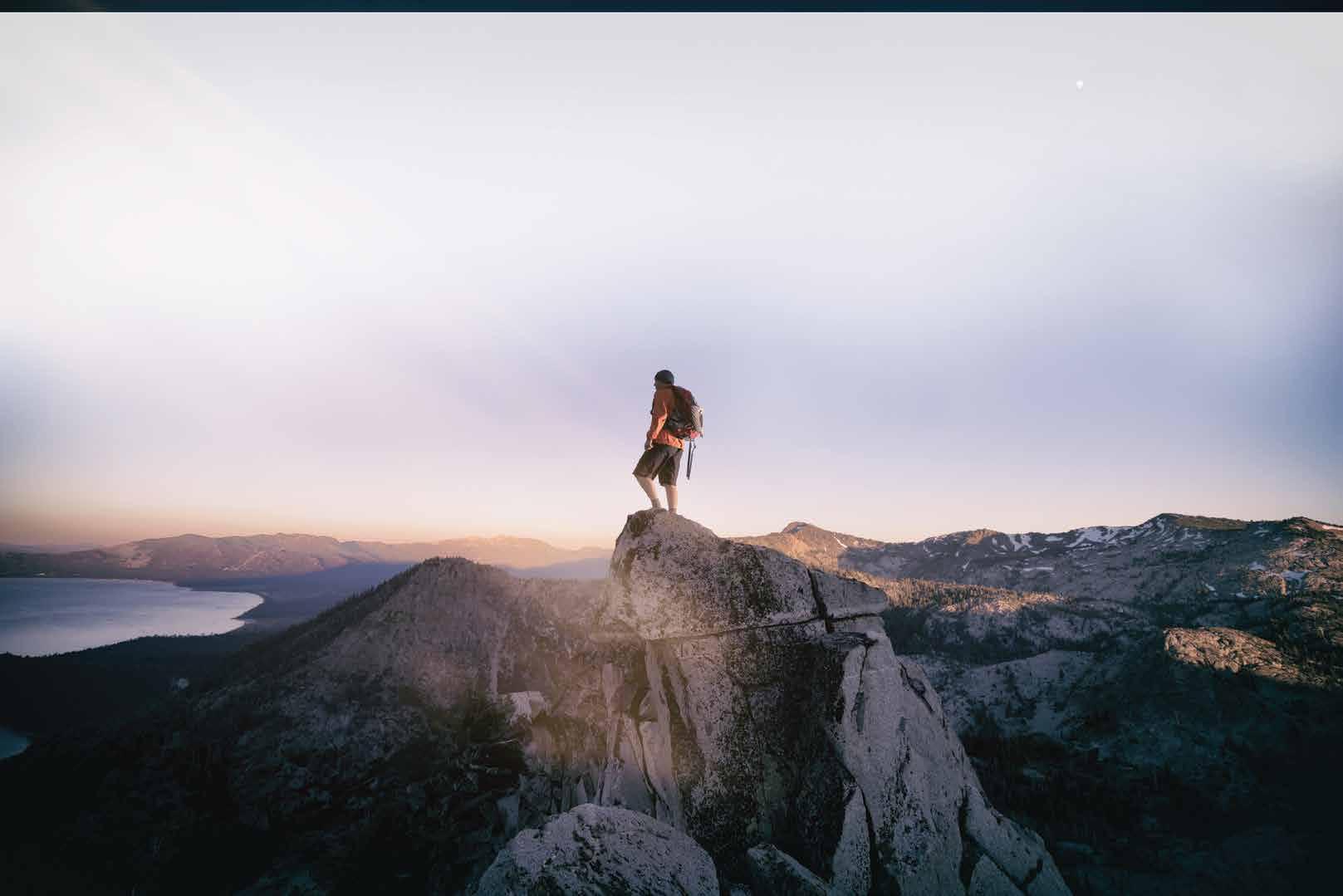
Continued on page 12

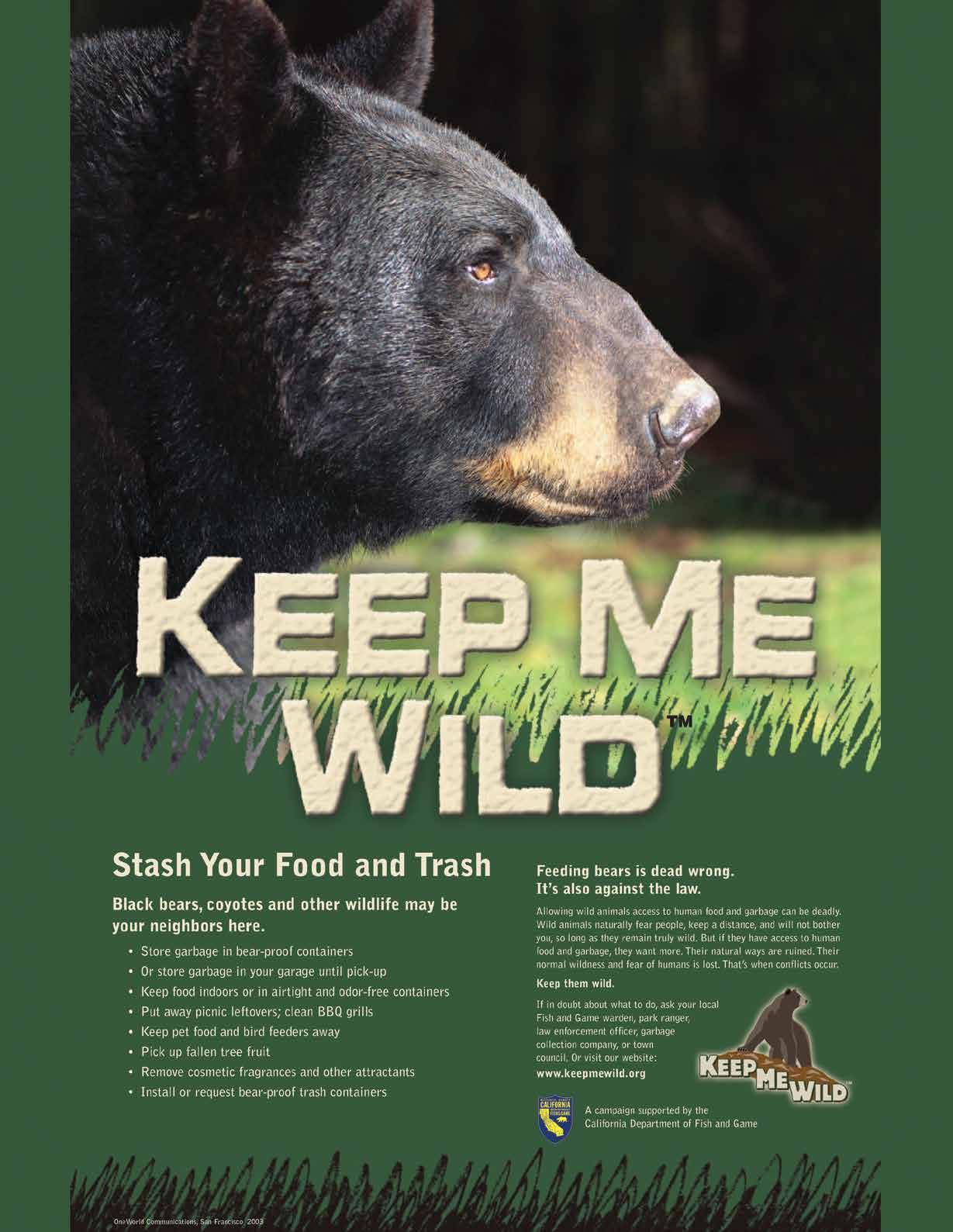
• Forecast Sustained Winds & Gusts – High winds can result in several factors that may cause a fire to ignite. Sustained winds can also cause the fire to spread and even throw embers into the air and create additional fires.
• Dry Fuel Conditions – Trees and other vegetation act as fuel for wildfires. Fuels with low moisture levels ignite easily and spread rapidly as no heat energy is wasted trying to drive water out of the fuel.
• Red Flag Warnings – Issued by the National Weather Service to alert of the onset, or possible onset, of critical weather or dry conditions that would lead to swift increases in wildfire activity.
How Will We Know if a PSPS is Activated?
Advance notification is critical in any PSPS scenario and Liberty will alert customers, public safety partners, and others at the earliest opportunity. When possible, Liberty will directly notify customers of a PSPS approximately 48 hours before power is shut off, 24 hours before power is shut off, just before power is shut off, during the PSPS and once power has safely been restored. Direct notification is the best, most effective way to keep customers apprised of a PSPS event. We strongly encourage every customer to call Liberty at 1.800.782.2506 to confirm their contact information is up to date. If you have a loved one with access and functional needs, help them update their contact information and consider adding yourself as a secondary contact.
In addition to direct PSPS notifications and updates, Liberty Utilities will post detailed outage information at www. libertyutilities.com, as well as on Facebook (@LibertyUtilitiesLT) and Twitter (@LibertyUtil_CA).
Knowing if a PSPS event is coming, how long it will last, and who it will affect is an important first step in being prepared for, and in staying safe and comfortable should a PSPS event occur.
How do I Prepare?
Once you have ensured your contact information is up to date, PSPS preparation is not much different than any power outage preparation. Customers should consider the following to ensure their homes, businesses and families are prepared:
• Plan for medical needs that may be impacted by a power shutoff, including medications that need refrigeration or devices that require power. Be sure to register any medicalrelated energy needs at 1.800.782.2506.
• Create an emergency kit including flashlights, batteries, first aid supplies and maps of the local area. For additional emergency kit necessities, consult Ready.gov. • Keep a full tank of gas in your vehicle as gas stations may be affected by a power outage
• Keep cash available as ATMs and credit card machines may be unavailable during a power outage.
• Be sure phones and other critical electronic devices are charged and consider investing in a backup battery or power source, potentially one that can recharge with solar.
Liberty Utilities’ top priority is the safety of customers and our communities, and we will take every precaution to keep our beautiful region safe from the risk of wildfire. To learn more about our wildfire mitigation programs, customers are encouraged to call 1.800.782.2506 or visit www.LibertyUtilities.com.
Article written by Lee Kiolbasa Emergency manager, Liberty Utitlities
Liberty Utilities’ customers are reducing our state’s carbon footprint one step at a time. All residential customers receive a climate credit twice a year on their bill, and eligible small business customers receive this credit on their monthly statements. What does this mean to you? It means real savings you can use to make energy efficient changes to your home or business — AND a cleaner planet for all of us.
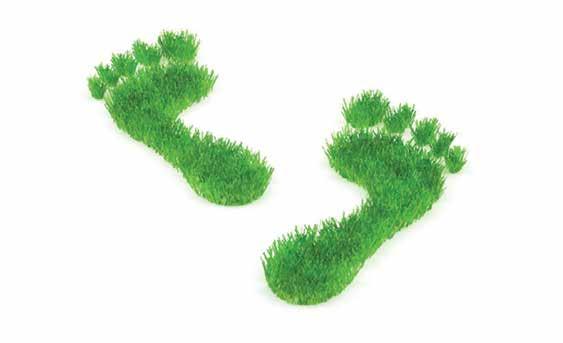
Local and Responsive. We Care.
www.libertyutilities.com
GOING GREEN TO KEEP OUR REGION BLUE.
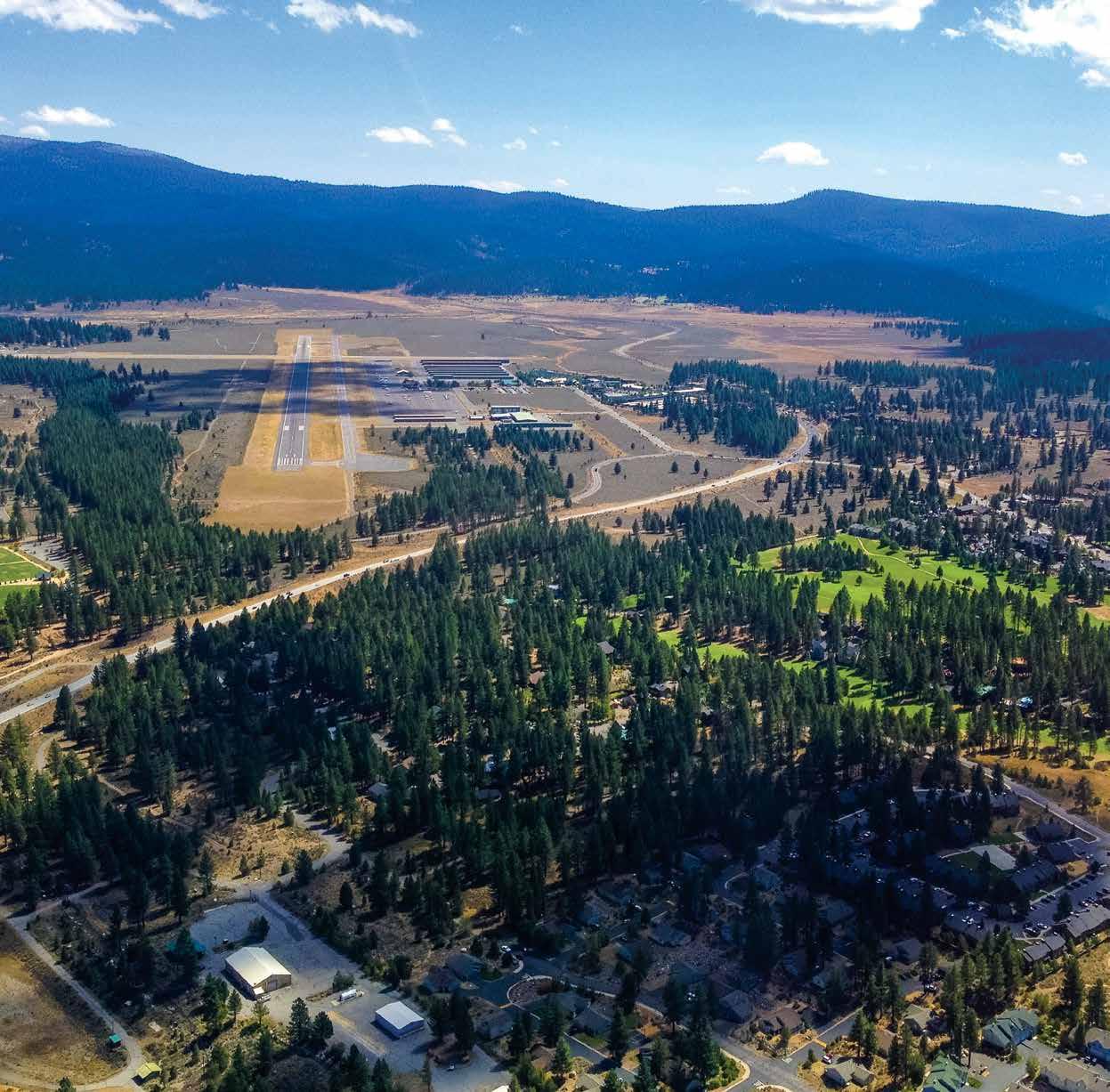
We live in a special place. As a deeply committed community partner, the Truckee Tahoe Airport District cares about our environment and we work diligently to minimize the airport’s impact on the region. From new ADS-B technology, to using electric vehicles on the airfield, and preserving more than 1,600 acres of open space land, the District will continue to seek the most sustainable way of operating.
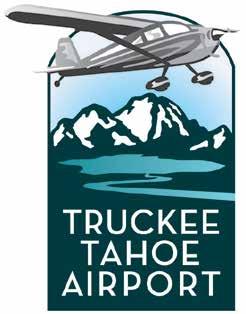
Green Initiatives
